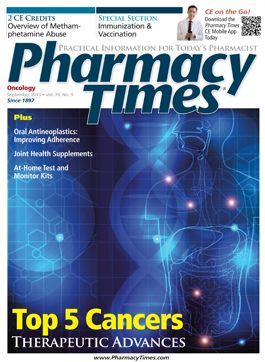Publication
Article
Pharmacy Times
No Distinct Advantage For Electronic Drug Labeling
In a recent report, the Government Accountability Office (GAO) did not find a consensus among stakeholders on the potential benefits and harms of eliminating paper drug labeling and relying solely on electronic labeling.
The report, released on July 8, 2013, evaluated the advantages and disadvantages of replacing paper labeling, including prescribing information for health care practitioners, medication guides about drugs the FDA has deemed to be a serious public health concern, and patient package inserts required for oral contraceptives and estrogens, with electronic labeling. In interviews conducted by the GAO, some stakeholders said that electronic labeling would provide physicians, pharmacists, and patients with updated drug information in a user-friendly format.
However, electronic labeling could limit access to drug information, as some individuals may not know how to use, or may not have access to, the Internet. Stakeholders also expressed concern about the quality of information available and the need for 1 reliable, unbiased source of drug information.
A complete shift from paper to electronic labeling would also require changing federal regulations for 2 of the 3 types of drug labeling, shifting some responsibilities from drug manufacturers to pharmacies. Pharmacies would also be responsible for covering printing costs for patients who wanted to continue to receive paper labeling.







